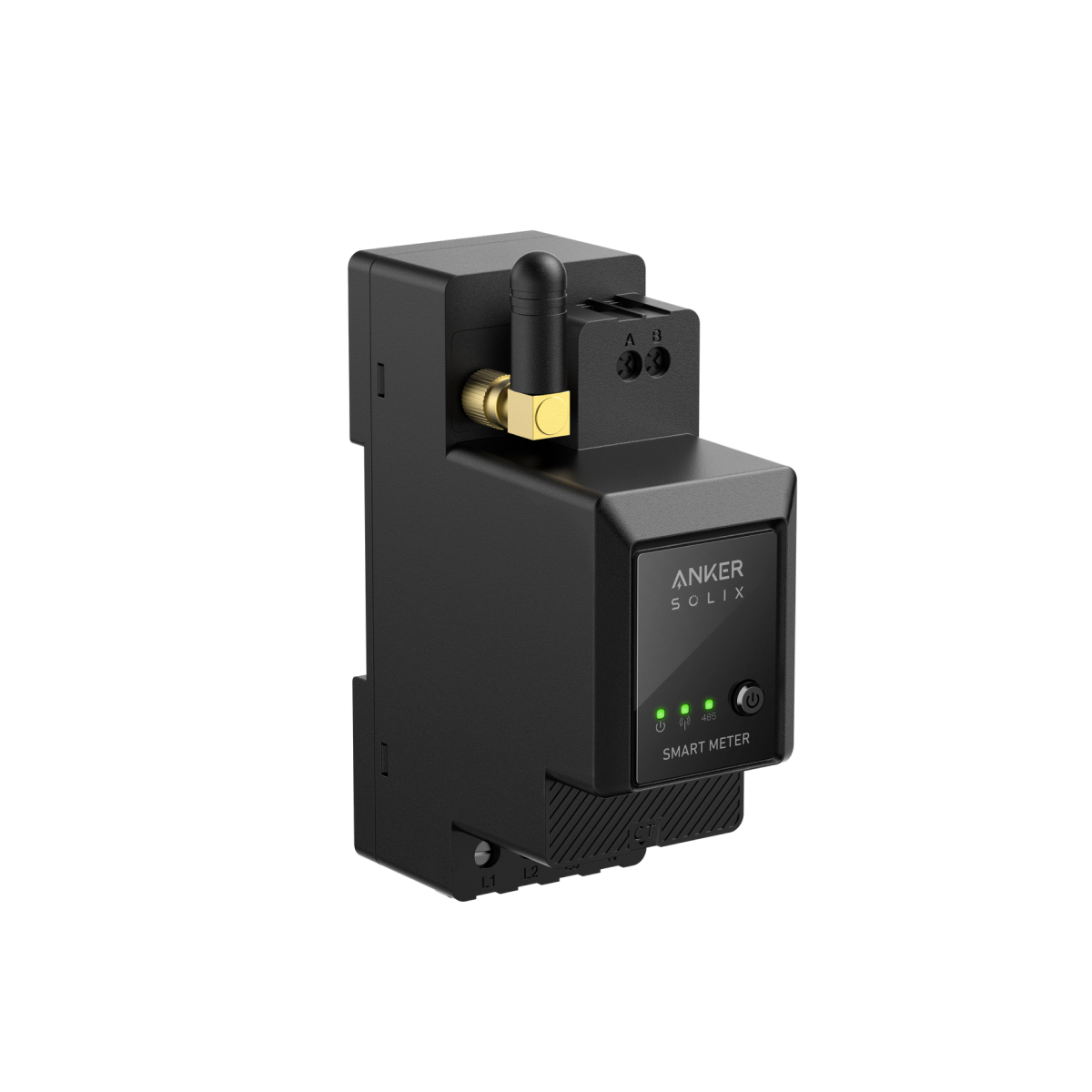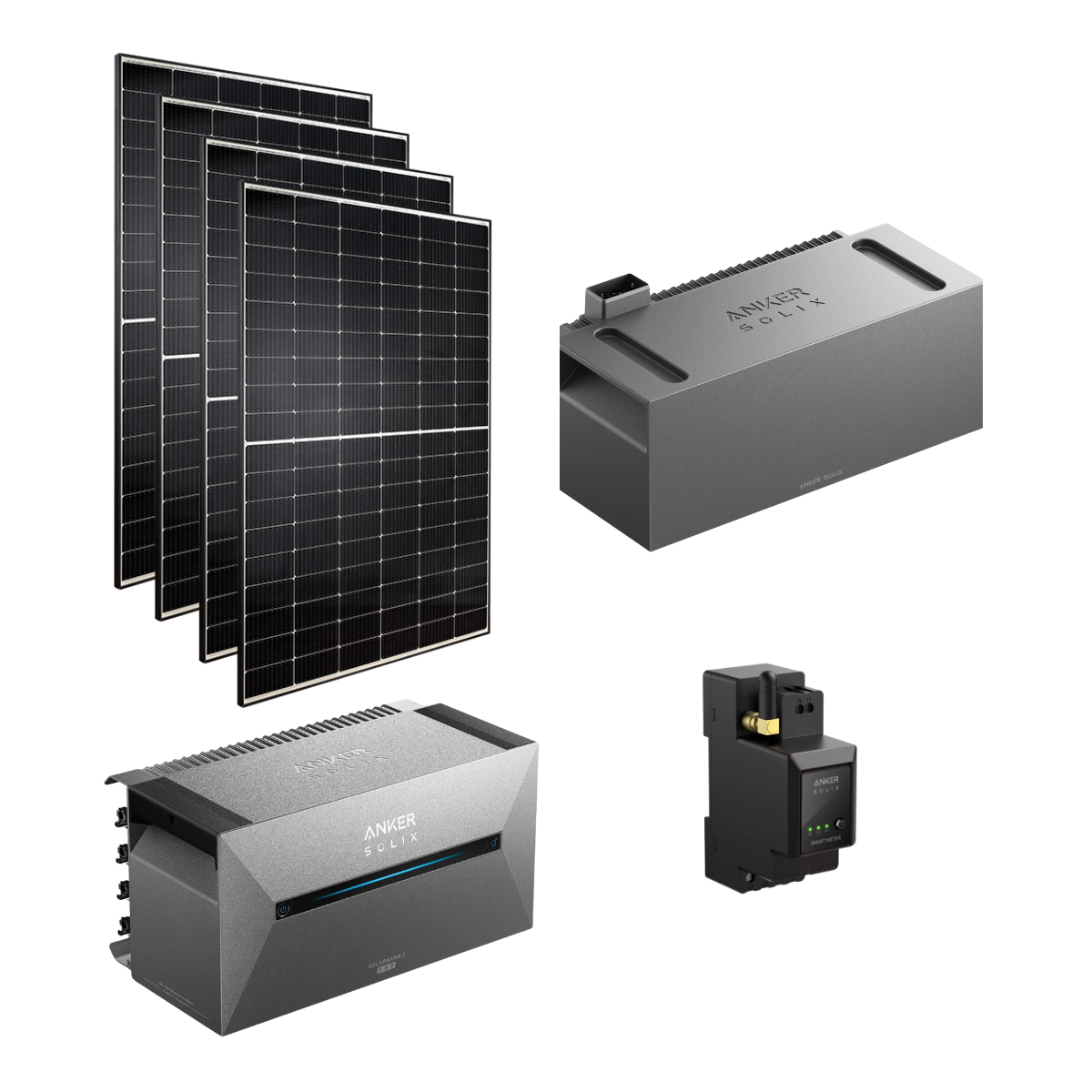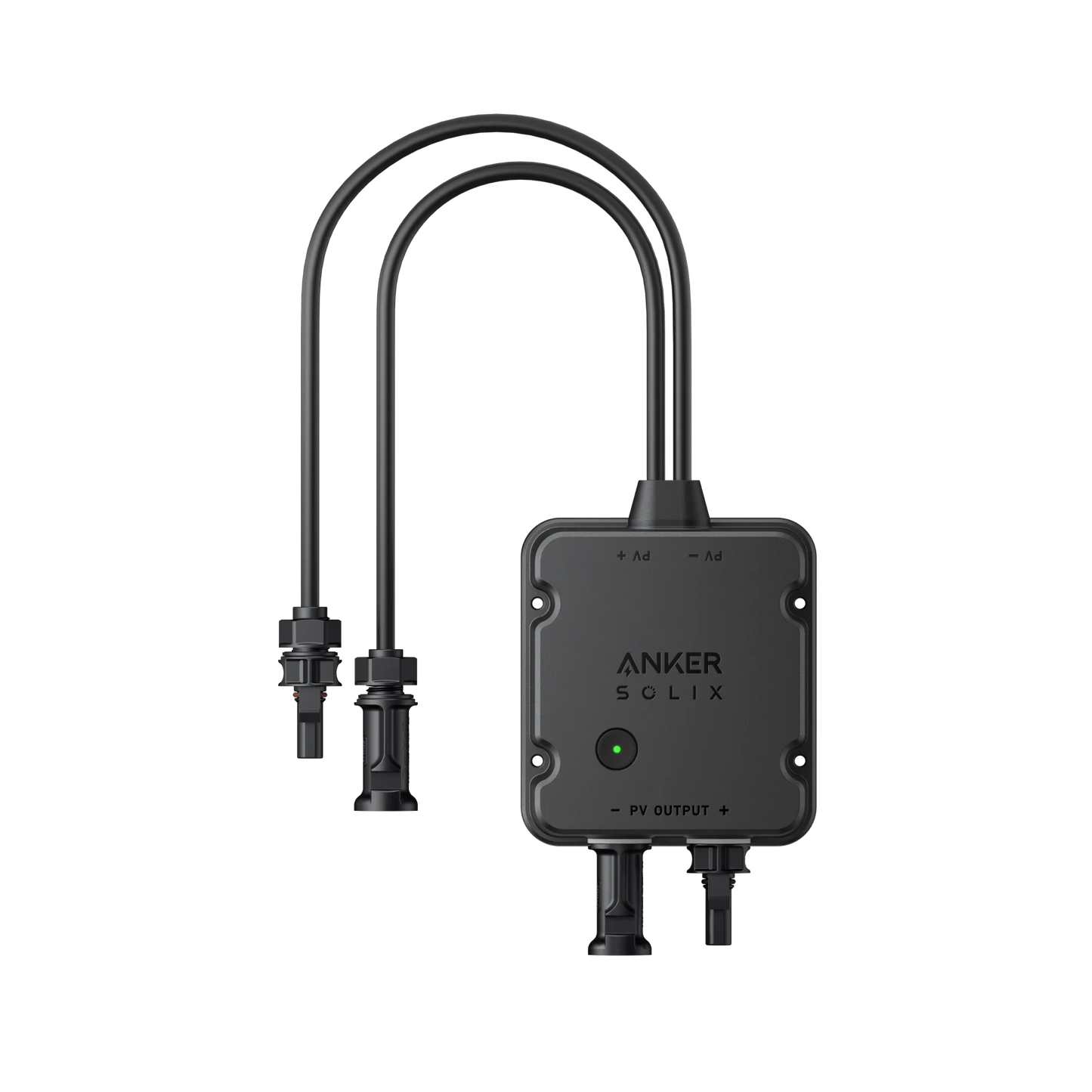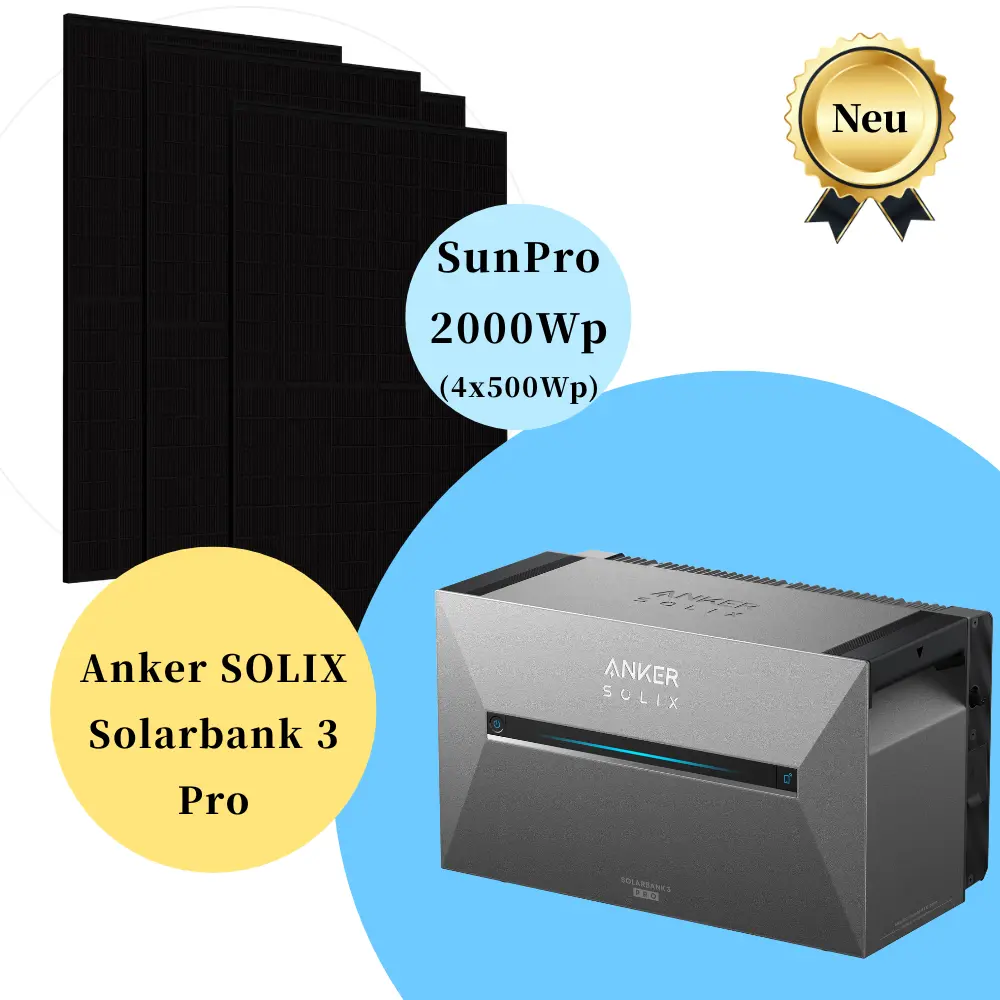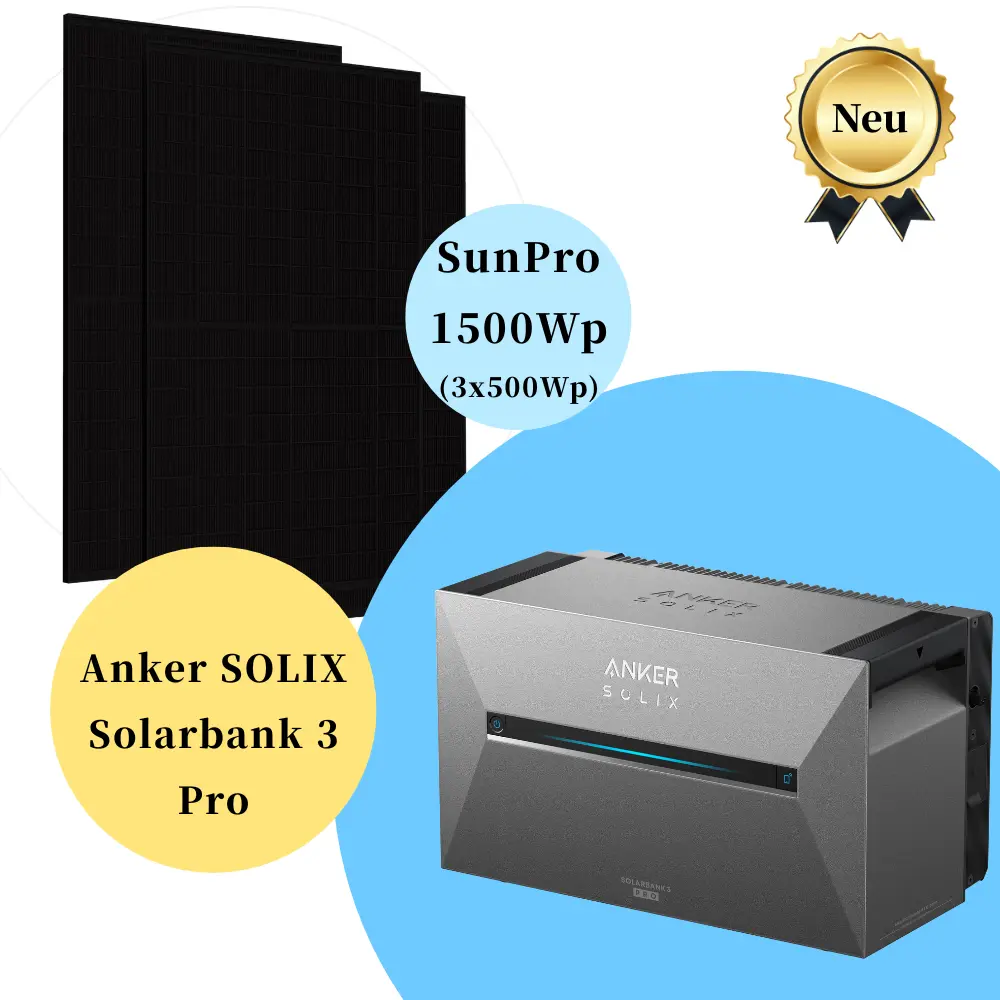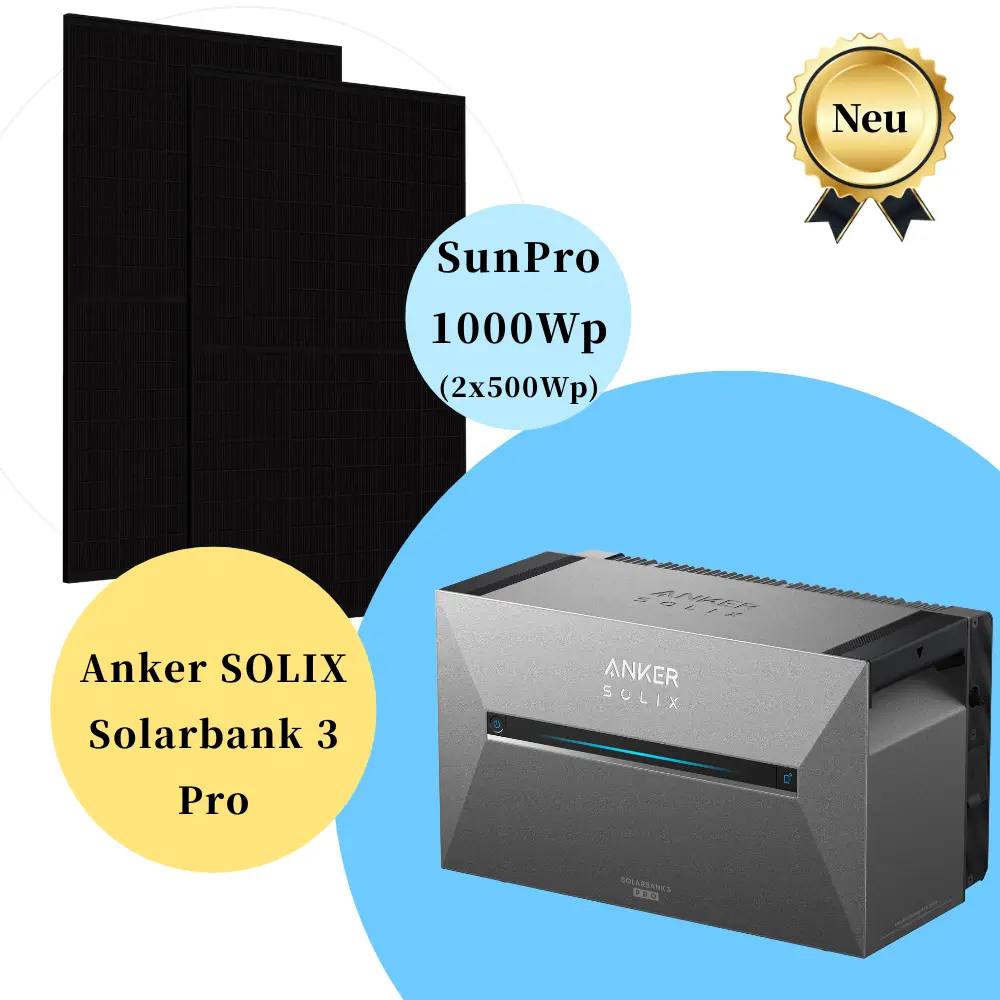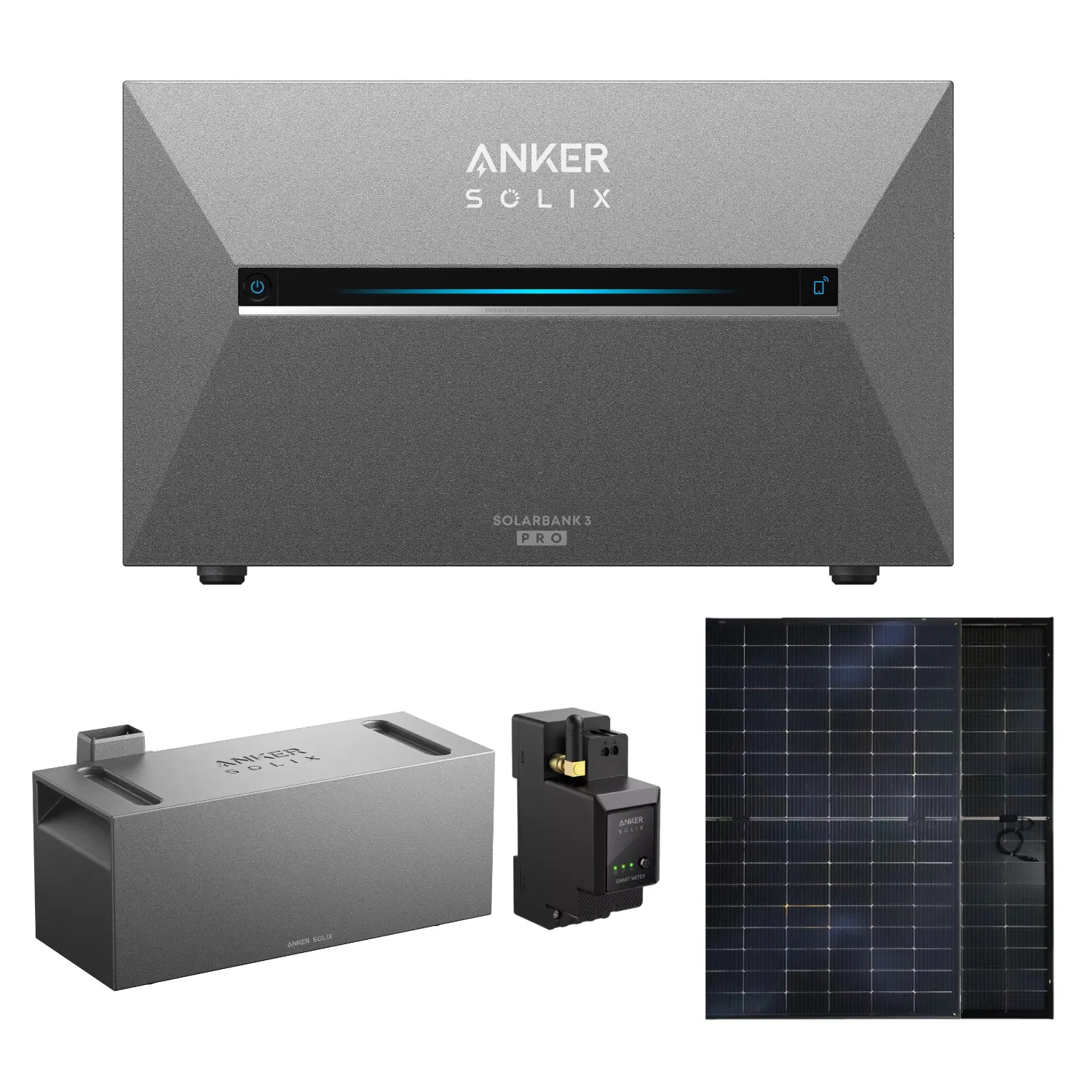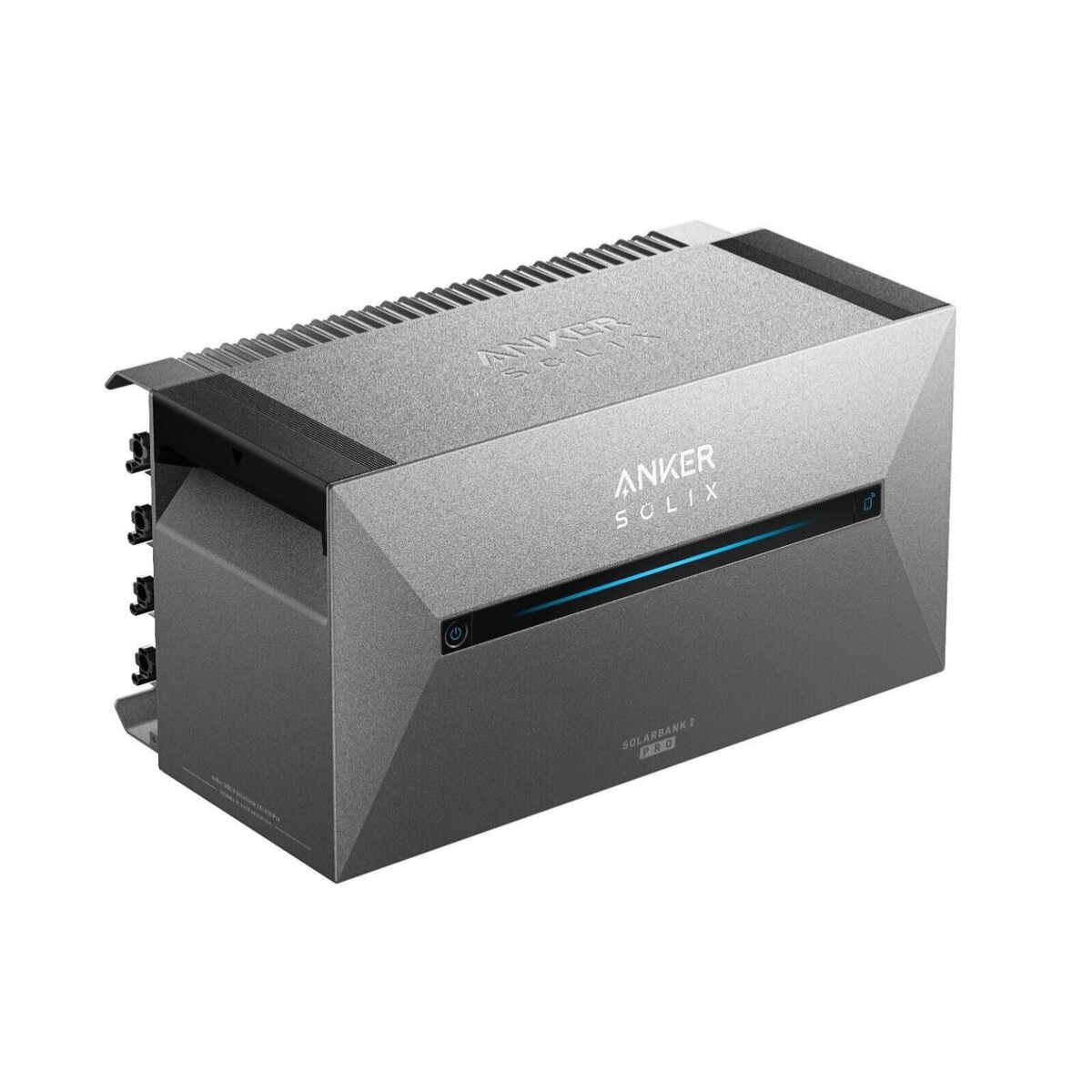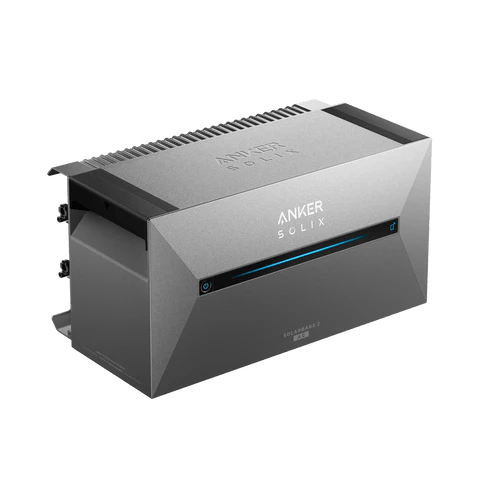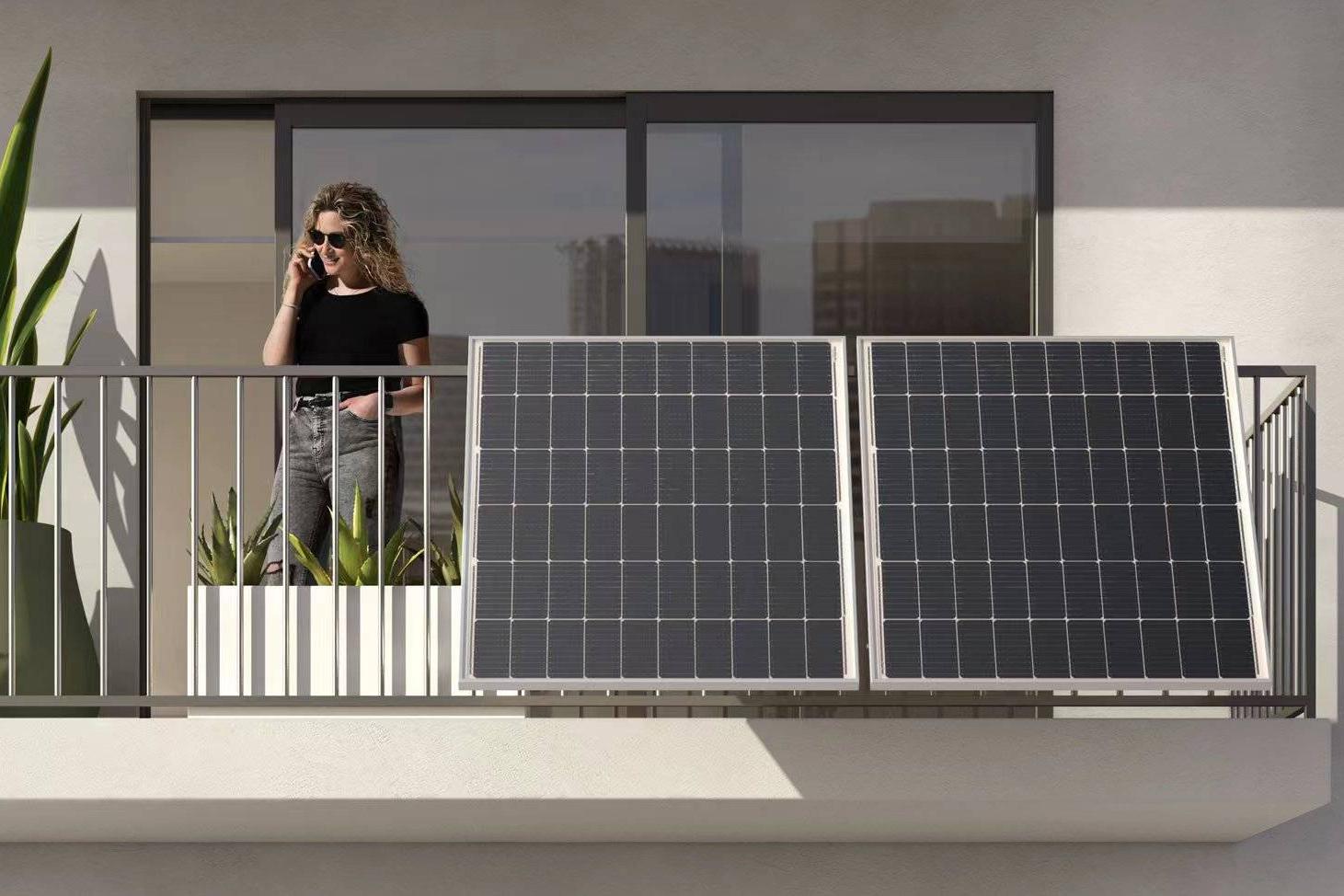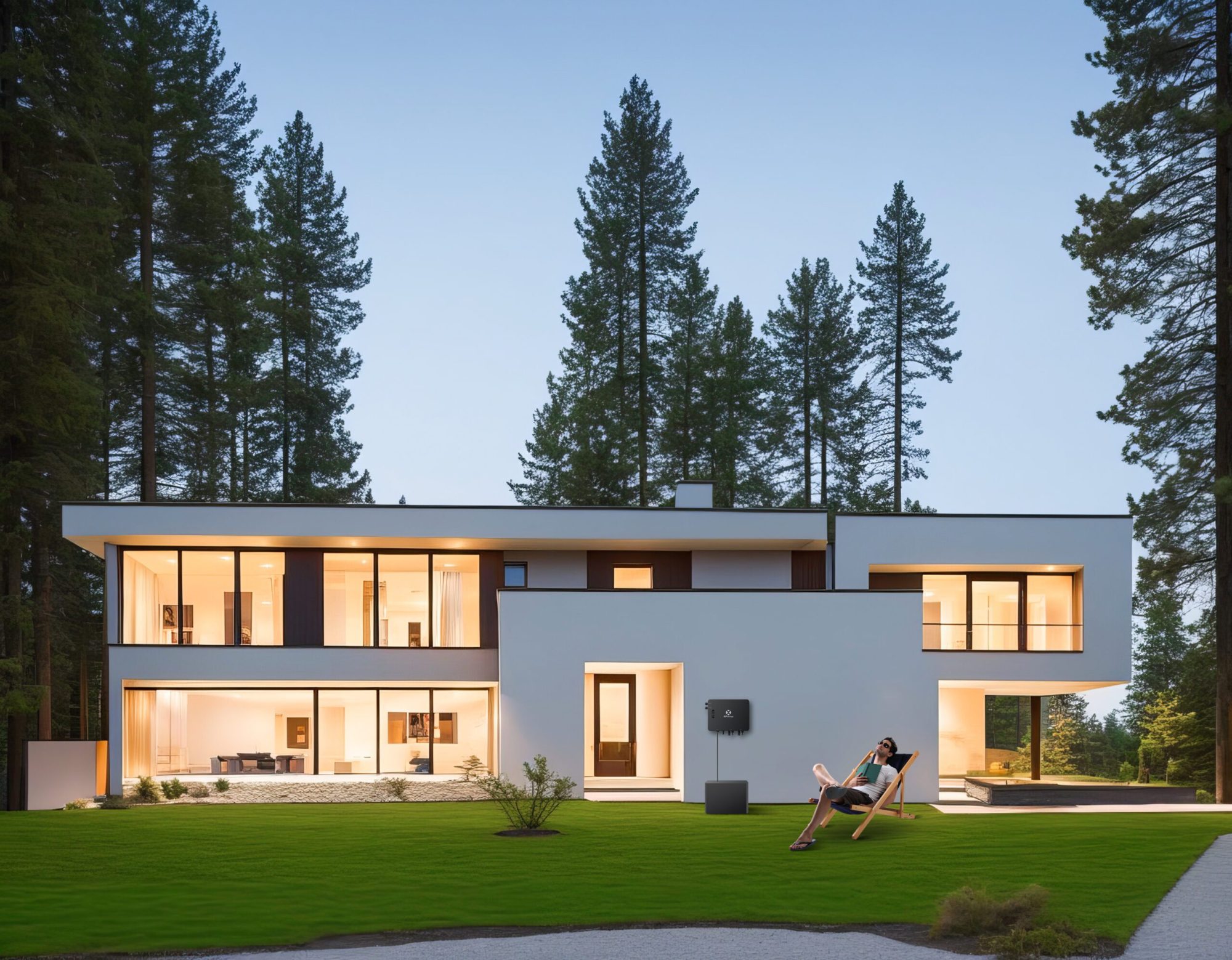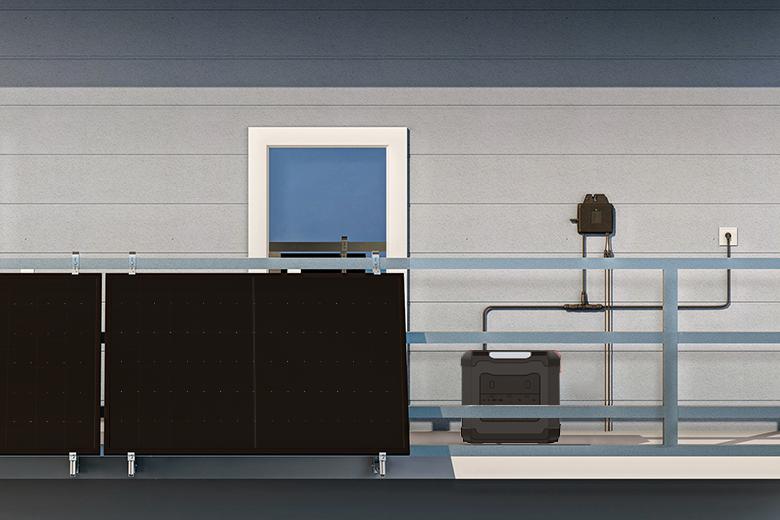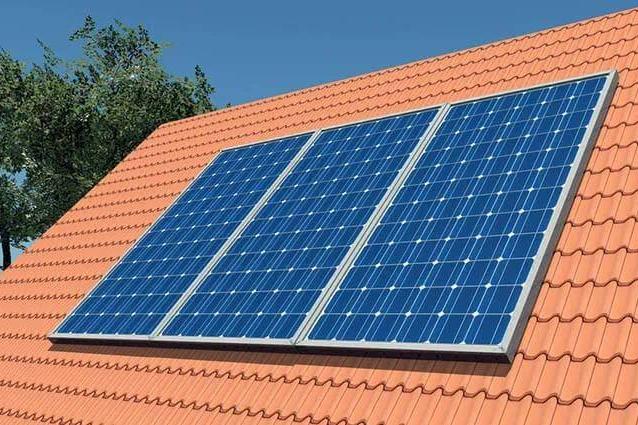Blog & News
Photovoltaics has established itself as a significant and sustainable energy source in Germany. But is all that glitters gold? In this article, we list all the advantages and disadvantages of photovoltaics and solar systems and then explain them in detail.
All advantages and disadvantages of photovoltaics as a table
| Advantages of photovoltaics | Disadvantages of photovoltaics |
| Save electricity costs | high investment costs |
| constant energy source | weather-dependent yield |
| environmentally and climate friendly | less electricity in winter |
| Photovoltaic costs are falling more and more | Degradation |
| Independence and self-sufficiency | not all roofs are suitable |
| feed-in tariff | Space requirements |
| E-car charging | Wear parts such as inverters |
| Funding opportunities | Not everyone finds the system on the roof aesthetic |
| PV modules last 30 to 40 years | Parts such as power storage are not environmentally friendly |
| free disposal of modules | Solar energy can only be stored for a limited period of time |
| Purchase and solar power are tax-free | not always top environmental balance |
| low-maintenance and robust | ethical production not always comprehensible |
| flexible systems of any size | |
| no noise or odor nuisance | |
| Future technology | |
| Increase in property value |
What are the advantages of photovoltaics?
In addition to the obvious advantages, such as climate friendliness and cost savings, the use of photovoltaics has many other benefits.
Saving electricity costs
The greatest advantage of photovoltaics is the cost savings. While electricity prices are constantly rising, a PV system enables long-term energy production at consistently low costs. The initial investment pays for itself after an average of eight to nine years.
Electricity price development 2001 - 2024
With an annual consumption of 4,500 kWh, a 5 kWp system can save around €8,000 after 20 years. If a power storage system is also used, savings of up to €17,000 are possible.
Example:
- Electricity price from the grid: 28 cents per kWh (as of February 2024 for new customers)
- Annual electricity price increase: 6%
- Feed-in tariff: 8.11 cents per kWh (as of February 2024)
| Cost center | PV system 30 % self-consumption | PV system 70 % self-consumption | No photovoltaics |
| Acquisition costs | 7.000 € | 10.000 € | 0 € |
| Grid electricity (including 6% annual price increase) | 33,593.89 € (70 % mains supply) | 16,796.95 € (30 % mains supply) | 50,390.84 € (100 % mains supply) |
| Operating costs for 20 years | 7.500 € | 9.000 € | 0 € |
| Receipt of feed-in tariff (deduction of costs) | 5.677,00 € | 2.433,00 € | 0 € |
| Total costs | 42.416,89 € | 33.363,95 € | 50.390,84 € |
| Saved | 7.973,95 € | 17.026,89 € | 0 € |
Consistent energy source
Unlike coal and gas, the sun is an inexhaustible energy source. Fossil fuels will eventually run out. In contrast, the sun is unlimited and available free of charge. However, to ensure that a photovoltaic system generates electricity reliably for many years, it is important that high-quality components are used and that the installation is carried out by professionals.
PV modules last 30 to 40 years
Product warranties for PV modules are often 20 to 30 years. In reality, solar modules actually have a lifespan of 30 to 40 years. This means that electricity production and savings in electricity costs are guaranteed for this period.
Environmentally and climate-friendly
The use of photovoltaics is 100% CO₂-free and actively contributes to reducing environmental impacts. Electricity production does not require fossil fuels, which minimizes emissions. Even taking into account the manufacturing process, silicon extraction, and transport, which emit CO₂, a PV system pays for its CO₂ footprint in 1.3 years, according to the Fraunhofer Institute, thus making an important contribution to environmental protection.
CO₂ emissions from energy sources in gkWh
Photovoltaic costs are falling more and more
The Prices for PV systems are continuously falling and are currently at their lowest level in years. In 2010, the cost of photovoltaics was approximately €3,500 per kWp. In 2015, prices fell below €2,000 per kWp for the first time and are currently at approximately €1,200 per kWp.
Photovoltaic price development
This sustained decline in costs is the result of technological advances, production scaling, and rising demand. In particular, prices for PV modules and energy storage systems have fallen sharply. This positive development is making photovoltaics increasingly attractive and economically viable for private households.
Independence from electricity suppliers
With a photovoltaic system, you become more independent from your electricity supplier. Even during power outages, your own electricity production can be maintained. Furthermore, a PV system protects you not only against supply gaps but also against high electricity prices. These have been rising by an average of around 6% annually since the early 2000s.
Installing a power storage system also enables greater self-sufficiency, as excess electricity is stored for later use. This leads to a higher self-consumption rate of solar power and further savings. Independence from external energy sources further increases, and your own solar power is available even at night or on cloudy days.
Self-consumption and self-sufficiency with 4,000 kWh consumption
feed-in tariff
The feed-in tariff is a financial compensation for PV system operators who feed their excess electricity into the grid. Although the compensation has decreased in recent years, it still provides an additional source of income and contributes to the profitability of the photovoltaic system. The feed-in tariff is currently 8.11 cents per kWh fed in for PV systems up to 10 kWp and 7 cents for systems up to 40 kWp. The feed-in amount decreases by 11% every six months.
| Date of commissioning of the plant | Up to 10 kWp | 10 to 40 kWp |
| February 1, 2024 to July 31, 2024 | 8.11 cents | 7.0 cents |
| 01.08.2024 to 31.01.2025 | 8.0 cents | 6.9 cents |
| from February 1, 2025 | 7.9 cents | 6.8 cents |
E-car charging
With a wallbox, you can easily charge an electric car for free at home. This saves you money and simultaneously increases the profitability of your solar system. Because the more solar power you use yourself, the more worthwhile photovoltaics becomes.
Remember that the Performance of the PV system with a wallbox should be somewhat larger. Typical photovoltaic systems on a single-family home range in size from 5 to 10 kWp, depending on power consumption. To also charge your electric car and drive 15,000 km annually, you should plan a solar system 2.5 kWp larger.
Funding opportunities
There are various funding options available at the municipal, state, and national levels for the purchase of photovoltaic systems. These subsidies and low-interest loans facilitate the investment and make photovoltaics more financially attractive.
At the state level, you can access the KfW loan The funding program 270 "Renewable Energies – Standard" supports the financing of photovoltaic systems and battery storage systems. The funding covers not only the acquisition costs, but also the planning, design, and installation of the system.
For information on funding and subsidies at the municipal and state levels, you should contact your city or district. These often offer attractive additional subsidies per kWp.
Purchase and solar power are tax-free
The 2022 Annual Tax Act introduced comprehensive tax exemptions for operators of PV systems up to 30 kWp. Income from self-consumed solar power and electricity fed into the grid is now tax-free and no longer needs to be declared in the income tax return. This also applies retroactively to 2022.
Before this new regulation, exemption was only available upon application and only for systems up to 10 kWp. This regulation was also Hobby regulation called.
VAT on the purchase and installation of a PV system and electricity storage systems will also be abolished from 2023. This applies to all PV systems on residential buildings up to 30 kWp.
Photovoltaics is low-maintenance and robust
Photovoltaic systems are characterized by robustness and low maintenance The solar modules are mechanically stable and can withstand a wide range of weather conditions for many years. Furthermore, maintenance is only required every two to four years. Regular cleaning of the modules, checking the wiring, and, if necessary, replacing older components can be done by the owner. The costs remain low.
| Cost factor | Costs of a 10 kWp system | frequency |
| maintenance | 200 € | every 2 to 4 years |
| cleaning | 50 to 125 € | every 2 to 4 years (optional) |
Flexible systems in every size
Photovoltaic systems are flexible and scalable. They can be planned in any size, whether for private homes, commercial businesses, or industrial applications. It doesn't matter whether the roof is gable, flat, or hipped—there's a suitable substructure for every shape. There are also flexible installation options, such as traditional rooftop installation, in-roof installation, or building-integrated photovoltaics.
No noise or odor nuisance
Unlike some conventional energy generation methods, such as the combustion of fossil fuels, photovoltaic systems produce no noise or unpleasant odors. Energy production is silent and environmentally friendly.
Free disposal of modules
The environmental impact of photovoltaic systems extends over their entire life cycle. After their long operating life, the solar modules can be disposed of free of charge at your local recycling center. be disposed of and recycledMost modules contain recyclable materials such as glass, aluminum, and, of course, the silicon in the solar cells.
Future technology
Photovoltaics is a key technology for a sustainable energy future. Continuous research and development in this field is contributing to the steady increase in the efficiency of solar modules while reducing costs.
Great progress is being made in research into energy storage. Old lead-acid batteries have been replaced by lithium-ion batteries. These modern batteries offer not only higher energy density but also a longer service life and improved performance.
Increase in property value
Installing a photovoltaic system can increase the value of a property. Access to green energy and the prospect of long-term energy savings make a building more attractive to potential buyers or tenants.
What are the disadvantages of photovoltaics?
Although the many advantages of photovoltaics outweigh the disadvantages, it also has some disadvantages.
High investment costs
The main disadvantage of photovoltaics lies in the initial investment costs. The purchase and installation of a solar system on a single-family home will cost between €7,000 and €12,000 in 2024. With a power storage system, the costs rise to €10,000 to €18,000. While photovoltaics pays for itself over time through savings in electricity costs, the initial investment costs must still be paid.
| Size of PV system | Costs without storage | Costs with storage |
| 4 kWp | 5.000 - 6.000 € | 8.000 - 9.000 € |
| 5 kWp | 6.000 - 7.000 € | 9.000 - 10.000 € |
| 6 kWp | 7.000 - 8.000 € | 10.000 - 11.500 € |
| 7 kWp | 7.500 - 8.500 € | 11.000 - 12.500 € |
| 8 kWp | 8.500 - 9.500 € | 12.000 - 13.500 € |
| 9 kWp | 9.000 - 10.000 € | 13.500 - 15.000 € |
| 10 kWp | 9.500 - 11.000 € | 15.000 - 16.000 € |
Weather-dependent yield
The Yield of photovoltaic systems is highly dependent on the weather. This drops rapidly, especially when the sky is cloudy or raining. This leads to variable power yields, which impacts the reliability of the energy supply.
Less electricity in winter
In winter, solar radiation is significantly lower, which impairs power production. The short daylight duration and the flatter angle of radiation negatively impact the efficiency of solar cells. Therefore, you will need to rely more on grid power in winter.
Specific PV yield per month in kWh/kWp
Degradation
The performance of solar cells decreases over time. This degradation process means that after years of use, solar modules no longer achieve the same efficiency as they did at the beginning. Most solar manufacturers offer a so-called performance guarantee. This guarantee guarantees that the modules will still achieve a certain percentage of their original performance after a period of 25 to 30 years. These values are usually between 80 and 90%.
Not all roofs are suitable
Not every roof is suitable for installing photovoltaic systems. Various factors such as orientation, slope, shading, and structural stability of the roof can influence efficiency.
When planning your PV system, you should consider the orientation and roof pitch. While a south-facing orientation achieves the greatest power yield, even with east- or west-facing orientations, or even an east-west orientation, you can still achieve up to 85% of the yield of a south-facing system. An east-west orientation even has the advantage that both sides of the roof can be covered with modules.
If shading occurs, so-called MPP tracker (Maximum Power Point Tracker) can be used. These optimize energy yield by adjusting the optimal operating point of the solar modules, thus minimizing the effects of shading. The structural stability of the roof is, of course, essential for the installation of PV systems. It should be noted that older roofs may need to be reinforced or modernized to support the additional load of the solar modules.
Space requirements
Installing solar systems requires space, especially for larger systems. For example, a four-person household with an annual consumption of 4,000 kWh requires a 6 kWp photovoltaic system to meet its energy needs. This requires a roof area of 40 to 50 square meters.
| Power consumption | PV size | required roof area |
| 3,000 kWh | 5 kWp | 30 - 40 m² |
| 4,000 kWh | 6 kWp | 40 - 50 m² |
| 5,000 kWh | 7 kWp | 50 - 60 m² |
| 6,000 kWh | 8 kWp | 60 - 70 m² |
| 7,000 kWh | 9 kWp | 70 - 80 m² |
| 8,000 kWh | 10 kWp | 80 - 90 m² |
Wear parts such as inverters
Photovoltaic systems contain components such as inverters and energy storage units that wear out over time. These wearing parts require periodic maintenance or replacement, which can result in additional costs and potential downtime. Inverters have a lifespan of approximately 20 to 25 years. Therefore, they must be replaced once during the lifetime of the PV system.
The same applies to inverters: the higher the quality, the better the lifespan and performance. Cheap models often only come with a 5- or 10-year product warranty, while reliable models often offer 20 to 25 years.
Not everyone finds a PV system on the roof aesthetic
Aesthetic concerns can be a disadvantage, as not everyone finds PV modules on their roof appealing. However, the days of deep blue, polycrystalline solar modules are over. Nowadays, almost exclusively black, monocrystalline modules are installed on house roofs. These are also often available in Full-black variants, where the modules and frames are completely black. A significantly more attractive solution for solar energy.
Parts such as power storage are not environmentally friendly
The use of lithium cobalt oxide storage raises ethical issues related to cobalt mining, which is particularly precarious in countries like the Democratic Republic of Congo. Working conditions there are often precarious, and child labor and human rights violations are widespread.
Mining also has an impact on the environment. Consumers should therefore consider sustainable and ethically responsible options for their energy storage. Therefore, opt for lithium iron phosphate storage instead. Iron phosphate is a natural mineral and not a heavy metal like cobalt.
Solar energy can only be stored for a limited period of time
Although storage capacities are increasing, solar energy storage has a limited capacity. During extended periods without sufficient solar radiation, the stored power may be depleted, necessitating a return to grid power.
In addition, the power cannot be stored indefinitely; depending on the model, it can only last for a few days. This is due to the battery's natural self-discharge. Therefore, it is generally recommended to perform regular charging cycles. This keeps the battery in optimal condition and ensures its full capacity.
Not always top environmental performance
Photovoltaic modules produced in China have a less favorable carbon footprint than European modules. This results from the increased use of fossil fuels in China. This leads to approximately twice as much CO2 emissions during production, which accordingly extends the "energy payback period." In addition, the transport of the modules from Asia to Germany causes a further significant CO2 emissions.
It's also important to note that PV modules can contain small amounts of harmful substances. For example, silicon modules contain lead, and cadmium is found in thin-film modules.
Ethical production not always traceable
The ethical manufacturing of photovoltaic modules can be problematic, particularly with regard to the mining of silicon, a key element in module production. China is one of the largest silicon producers, and there are concerns about unethical practices, including forced labor. There are suspicions that Uyghurs in Xinjiang are involved in silicon production. Reports of human rights violations reinforce these concerns.
How does photovoltaics work?
Photovoltaics is a process in which sunlight is directly converted into electrical energy. Solar cells, made of the semiconductor material silicon, are responsible for this. These cells absorb the photons from sunlight, releasing electrons and generating an electric current. The electric current is then passed through the metal contact on the back of the cell and on to the inverter. This converts the solar direct current into the alternating current used in households.
What alternatives are there to photovoltaics?
There are various renewable energy sources available as alternatives to photovoltaics, such as wind power, hydropower, and biomass. Wind turbines harness the kinetic energy of the wind, hydropower plants convert water currents into energy, and biomass plants use organic materials to generate energy. Each of these technologies has its own advantages and disadvantages. Choosing the best energy generation technology for your household depends on location, resource availability, and specific energy needs.

